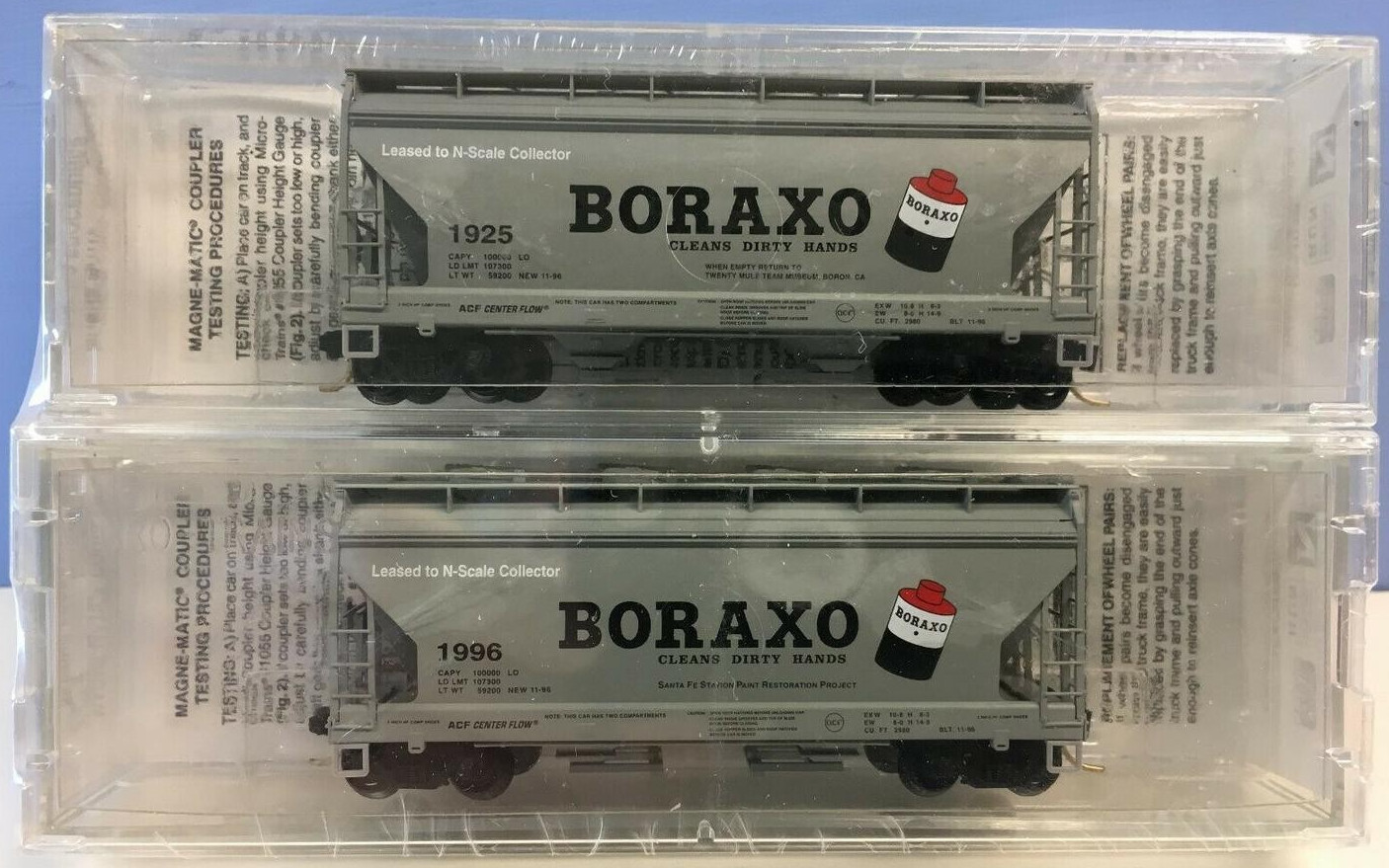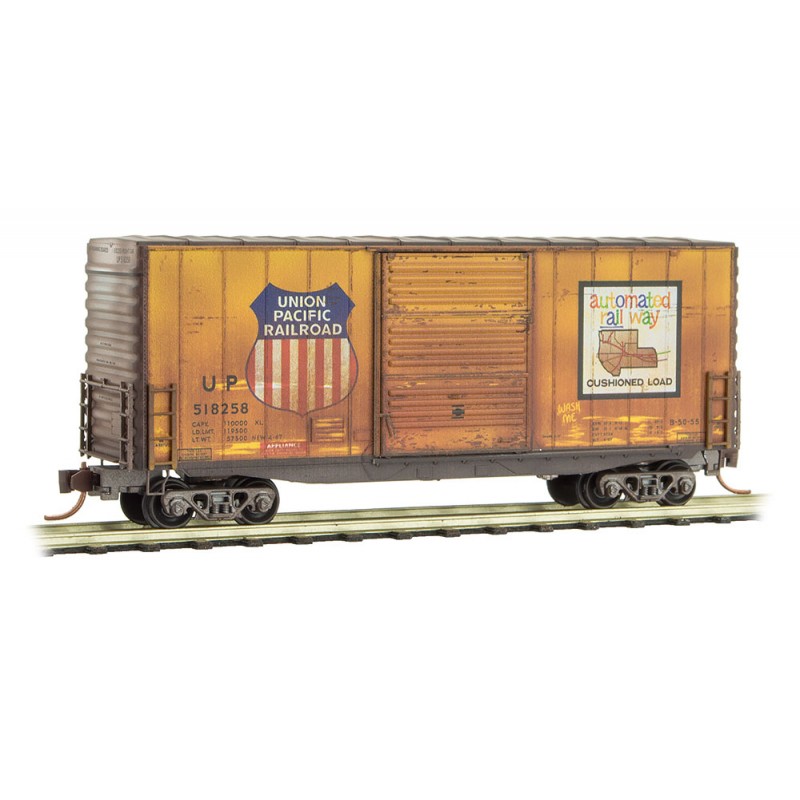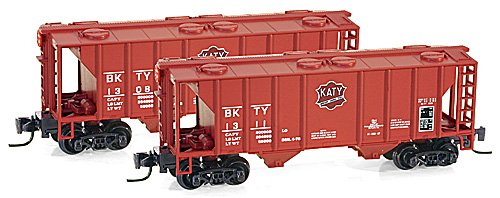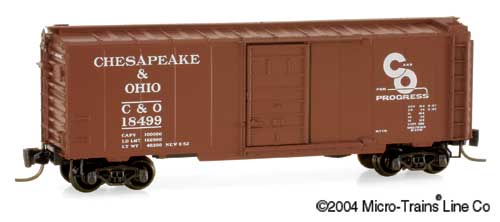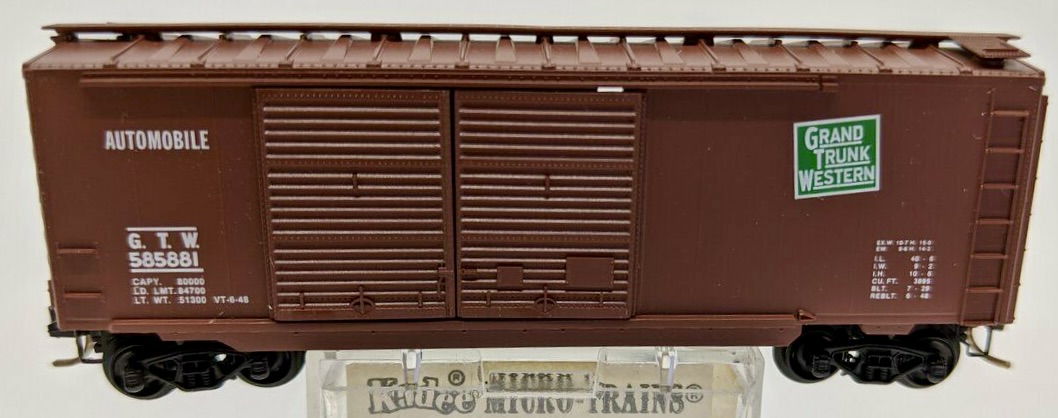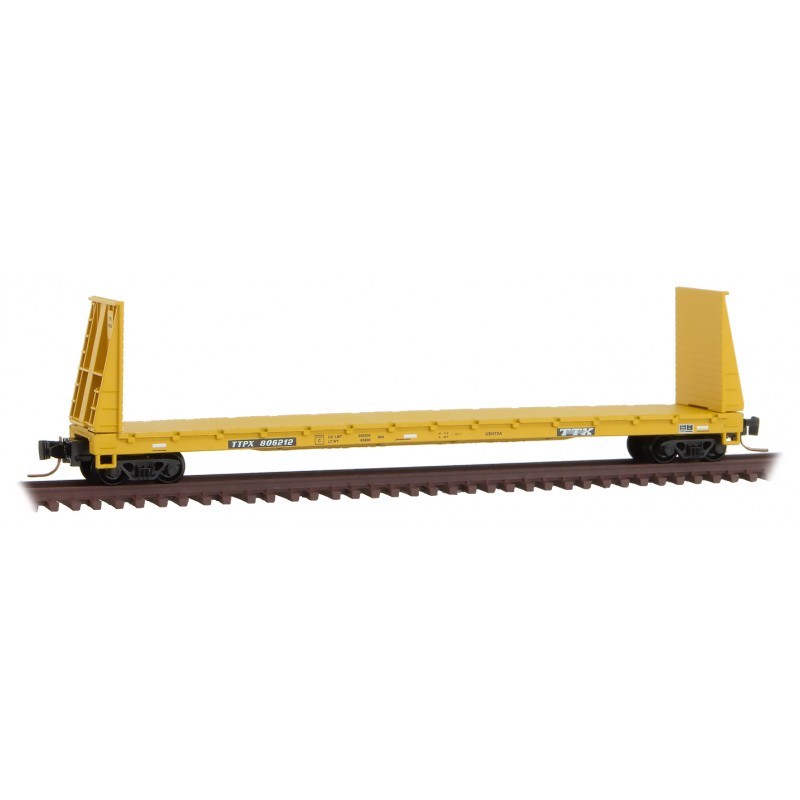Specific Item Information: Road Numbers: 1925, 1996
Model Information: This body style models an ACF Centerflow 2980 Cubic Foot 2-Bay Covered Hopper. Specifically the model represents the version as first produced in the 1960s. The model faithfully depicts the unique design features of the car. It rides on MTL Barber Roller Bearing trucks. The car features separate roof hatches, finely molded ladders and end supports as well as two detailed gravity outlets on the bottom of the car. Even though the model has a 1960s vintage, many are still in service today in secondary service on short lines and regional railroads. Along with the excellent molded detail, the top-grade printing and painting make these cars an must-have for any N Scale hopper fleet.
Prototype History: The 2-bay covered hopper first entered service in the 1950s. The cars handle loads such as cement, sand and similar denser bulk commodities. In the 1960s, American Car and Foundry introduced the Centerflow design. The Centerflow relies on the car's rounded body to provide structural strength without the added weight of bracing, as well as making gravity unloading easier. This 2-bay car came in a 2,970-cubic foot capacity.
The first ACF covered hoppers were rib-side cars, like many others of the time. In the 1960's ACF eliminated the supporting ribs and started building what they called the Center Flow(R) hopper with a smooth, rounded side. The cars were built at several ACF plants, but the Huntington, West Virginia plant built only Center Flow cars since their inception and was the primary builder.
The first ACF covered hoppers were rib-side cars, like many others of the time. In the 1960's ACF eliminated the supporting ribs and started building what they called the Center Flow(R) hopper with a smooth, rounded side. The cars were built at several ACF plants, but the Huntington, West Virginia plant built only Center Flow cars since their inception and was the primary builder.
Road Name History: 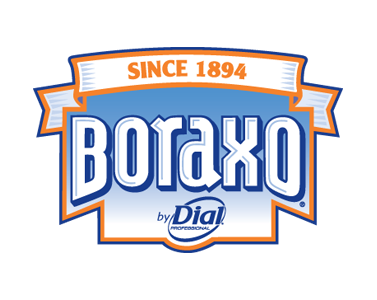 Boraxo began as a product of the former Pacific Coast Borax Company (later bought by U.S. Borax), and became known as one of the sponsoring products of the long-running radio and television Western, Death Valley Days. While future President Ronald Reagan was host of this program, he frequently did commercials for it, including one at his ranch involving his family.
Boraxo began as a product of the former Pacific Coast Borax Company (later bought by U.S. Borax), and became known as one of the sponsoring products of the long-running radio and television Western, Death Valley Days. While future President Ronald Reagan was host of this program, he frequently did commercials for it, including one at his ranch involving his family.
Until about 2010, the product was sold in a cylindrical, foil lined, paper tube can having a rust-resistant bottom. The bottom had a white, paint-like coating. This worked well such that a container left on a counter that regularly got wet never rusted or left a ring. Prior to this packaging, during the 1960s, the product was packaged in a distinctively-shaped seamed steel can with upright vertical sides and an oval cross-section, with a small rotating non-removable steel cap centered on top which had a small offset oval hole facing upward, which allowed the product to be poured when the cap's hole was turned to align with a hole beneath it and the can was inverted and shaken. Besides the distinctive 20-mule team logo, the can bore a three-step instructional narrative which concluded with the words "Your hands are now smooth, soft, and beautifully clean."

Until about 2010, the product was sold in a cylindrical, foil lined, paper tube can having a rust-resistant bottom. The bottom had a white, paint-like coating. This worked well such that a container left on a counter that regularly got wet never rusted or left a ring. Prior to this packaging, during the 1960s, the product was packaged in a distinctively-shaped seamed steel can with upright vertical sides and an oval cross-section, with a small rotating non-removable steel cap centered on top which had a small offset oval hole facing upward, which allowed the product to be poured when the cap's hole was turned to align with a hole beneath it and the can was inverted and shaken. Besides the distinctive 20-mule team logo, the can bore a three-step instructional narrative which concluded with the words "Your hands are now smooth, soft, and beautifully clean."
Brand/Importer Information: Micro-Trains is the brand name used by both Kadee Quality Products and Micro-Trains Line. For a history of the relationship between the brand and the two companies, please consult our Micro-Trains Collector's Guide.
Manufacturer Information:  Micro-Trains Line split off from Kadee Quality Products in 1990. Kadee Quality Products originally got involved in N-Scale by producing a scaled-down version of their successful HO Magne-Matic knuckle coupler system. This coupler was superior to the ubiquitous 'Rapido' style coupler due to two primary factors: superior realistic appearance and the ability to automatically uncouple when stopped over a magnet embedded in a section of track. The success of these couplers in N-Scale quickly translated to the production of trucks, wheels and in 1972 a release of ready-to-run box cars.
Micro-Trains Line split off from Kadee Quality Products in 1990. Kadee Quality Products originally got involved in N-Scale by producing a scaled-down version of their successful HO Magne-Matic knuckle coupler system. This coupler was superior to the ubiquitous 'Rapido' style coupler due to two primary factors: superior realistic appearance and the ability to automatically uncouple when stopped over a magnet embedded in a section of track. The success of these couplers in N-Scale quickly translated to the production of trucks, wheels and in 1972 a release of ready-to-run box cars.
Micro-Trains Line Co. split off from Kadee in 1990 to form a completely independent company. For this reason, products from this company can appear with labels from both enterprises. Due to the nature of production idiosyncrasies and various random factors, the rolling stock from Micro-Trains can have all sorts of interesting variations in both their packaging as well as the products themselves. When acquiring an MTL product it is very important to understand these important production variations that can greatly enhance (or decrease) the value of your purchase.
Please consult our Micro-Trains Collector's Guide

Micro-Trains Line Co. split off from Kadee in 1990 to form a completely independent company. For this reason, products from this company can appear with labels from both enterprises. Due to the nature of production idiosyncrasies and various random factors, the rolling stock from Micro-Trains can have all sorts of interesting variations in both their packaging as well as the products themselves. When acquiring an MTL product it is very important to understand these important production variations that can greatly enhance (or decrease) the value of your purchase.
Please consult our Micro-Trains Collector's Guide
Commissioner Information: 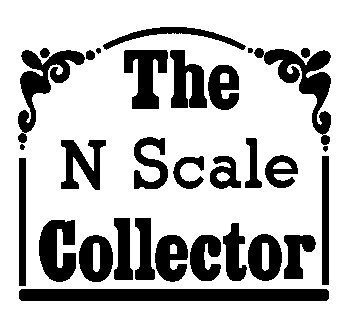 The N Scale Enthusiast Society (previously known as The N Scale Collector until 2011) was established by Wick Brandon, as a sole proprietorship and was a stand alone company until Wick passed away in 2000. The company has been owned by Micro Trains Line since then.
The N Scale Enthusiast Society (previously known as The N Scale Collector until 2011) was established by Wick Brandon, as a sole proprietorship and was a stand alone company until Wick passed away in 2000. The company has been owned by Micro Trains Line since then.
Wick was the founder of TexNRails and he established NSE right after he sold the pioneering N Scale retailer to the Herz family, and the store moved to Florida. Wick and Lea moved their family from Texas to Bakersfield California, and the entire operation was run from his home in Bakersfield. George Johnsen, the current Chairman, came on board as Associate Editor starting with the third issue of the magazine, and the growth of the organization hasn’t stopped. Wick and George did the first convention in Medford in 1993, and added staff and advisors as the organization grew. Wick held the first auction for the NSE in 1995.
The NSE mission statement reads: “This organization is dedicated to the preservation of the history of N Scale Model Railroading, and the railroads they represent.”
They do:
- Special Run Cars
- Regular Auctions of "collectable" Cars
- Annual Conventions
- Bi-Monthly Magazine
Wick was the founder of TexNRails and he established NSE right after he sold the pioneering N Scale retailer to the Herz family, and the store moved to Florida. Wick and Lea moved their family from Texas to Bakersfield California, and the entire operation was run from his home in Bakersfield. George Johnsen, the current Chairman, came on board as Associate Editor starting with the third issue of the magazine, and the growth of the organization hasn’t stopped. Wick and George did the first convention in Medford in 1993, and added staff and advisors as the organization grew. Wick held the first auction for the NSE in 1995.
The NSE mission statement reads: “This organization is dedicated to the preservation of the history of N Scale Model Railroading, and the railroads they represent.”
They do:
- Special Run Cars
- Regular Auctions of "collectable" Cars
- Annual Conventions
- Bi-Monthly Magazine
Item created by: gdm on 2017-08-19 07:33:38
Last edited by: gdm on 2021-05-10 16:22:17
If you see errors or missing data in this entry, please feel free to log in and edit it. Anyone with a Gmail account can log in instantly.
Last edited by: gdm on 2021-05-10 16:22:17
If you see errors or missing data in this entry, please feel free to log in and edit it. Anyone with a Gmail account can log in instantly.


